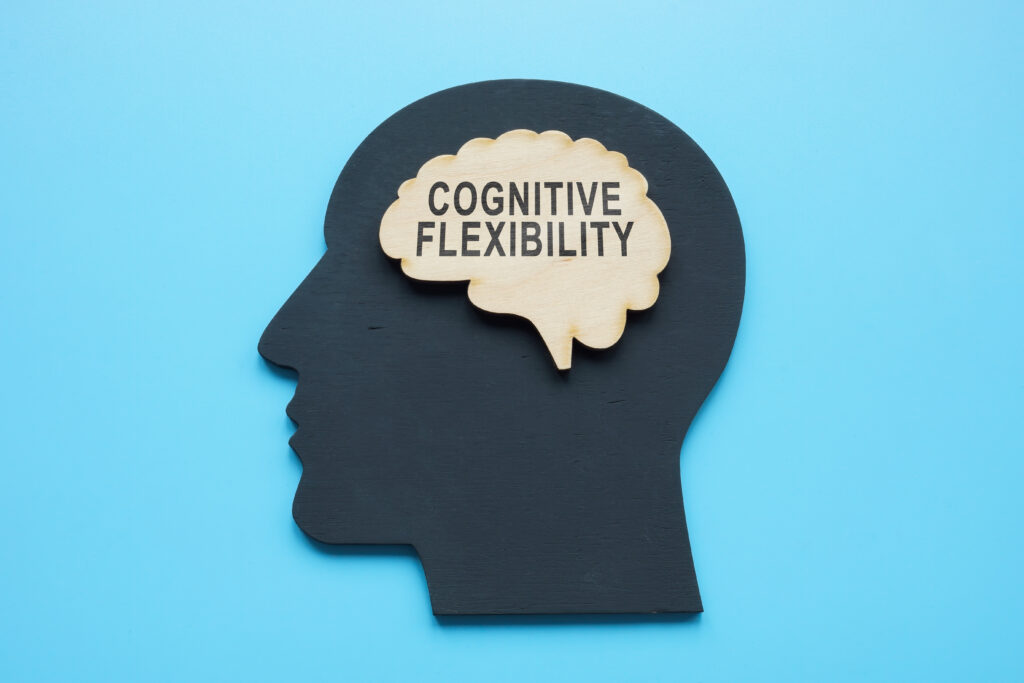Dementia is a progressive neurodegenerative disease that affects millions of people worldwide. It is a condition that primarily affects the elderly population, and its symptoms can have a significant impact on a person’s daily life. Common symptoms of dementia include memory loss, confusion, difficulty with language and communication, and changes in mood and behavior. Managing these symptoms can be challenging for both the individual with dementia and their caregivers.
Biofeedback is a promising non-drug treatment approach that has gained attention in recent years for its potential role in managing dementia symptoms. In this article, we will explore the role of biofeedback in managing dementia symptoms and how it works.
What is Biofeedback?
Biofeedback is a mind-body technique that involves using electronic instruments to measure and provide feedback on physiological functions such as heart rate, blood pressure, muscle tension, and brain activity. This feedback allows individuals to gain awareness and control over these bodily functions that are usually involuntary.
The technique has been around since the 1960s, and it has been used to treat various conditions such as chronic pain, anxiety, and high blood pressure. In recent years, there has been a growing interest in using biofeedback to manage dementia symptoms.
How Does Biofeedback Work for Dementia?
Dementia is a complex condition that affects multiple areas of the brain. Research suggests that biofeedback can help improve cognitive functioning in individuals with dementia by training them to self-regulate their brain activity. By providing real-time feedback on brain wave patterns, biofeedback can help individuals learn to control their brain activity and improve their cognitive functioning.
This is achieved through a process known as neurofeedback, where individuals are connected to an electroencephalogram (EEG) machine that records their brain wave activity. The EEG machine then provides visual or auditory feedback to the individual based on changes in their brain waves. For example, if an individual’s brain waves are showing signs of hyperactivity, the feedback may be a calming sound or visual cue, helping them learn to reduce their brain activity.
The Role of Biofeedback in Managing Dementia Symptoms
1. Improves Memory and Cognitive Functioning
One of the most significant challenges for individuals with dementia is memory loss and decline in cognitive functioning. Studies have shown that biofeedback can improve memory and cognitive performance in individuals with dementia. By training individuals to regulate their brain activity, biofeedback can help strengthen neural connections and improve brain function.
2. Reduces Anxiety and Depression
Anxiety and depression are common symptoms of dementia, and they can have a significant impact on an individual’s quality of life. Biofeedback has been shown to be effective in reducing anxiety and depression in individuals with dementia. By learning to control their physiological responses, individuals can reduce their stress levels and improve their mood.
3. Manages Behavioral Symptoms
Individuals with dementia may experience behavioral symptoms such as agitation, aggression, and restlessness. These behaviors can be challenging for caregivers to manage and can significantly impact the individual’s quality of life. Studies have shown that biofeedback can help reduce these behavioral symptoms by teaching individuals relaxation techniques and improving their emotional regulation.
4. Improves Sleep Quality
Sleep disturbances are common in individuals with dementia, which can lead to increased agitation and behavioral symptoms. Biofeedback can help improve sleep quality by teaching individuals relaxation techniques and promoting better regulation of sleep-inducing brain waves.
5. Enhances Overall Quality of Life
The symptoms of dementia can profoundly impact an individual’s quality of life, leading to social isolation and reduced engagement with activities they once enjoyed. Biofeedback can help improve overall quality of life for individuals with dementia by reducing symptoms, improving cognitive function, and promoting relaxation.
In Conclusion
Biofeedback is an emerging treatment approach that shows promise in managing dementia symptoms. It is a non-invasive, drug-free method that can be tailored to meet the individual needs of those with dementia. While it is not a cure for the condition, it can significantly improve an individual’s quality of life and help them better manage their symptoms. As more research is conducted in this area, we can expect to see biofeedback become an increasingly important tool in the management of dementia.


